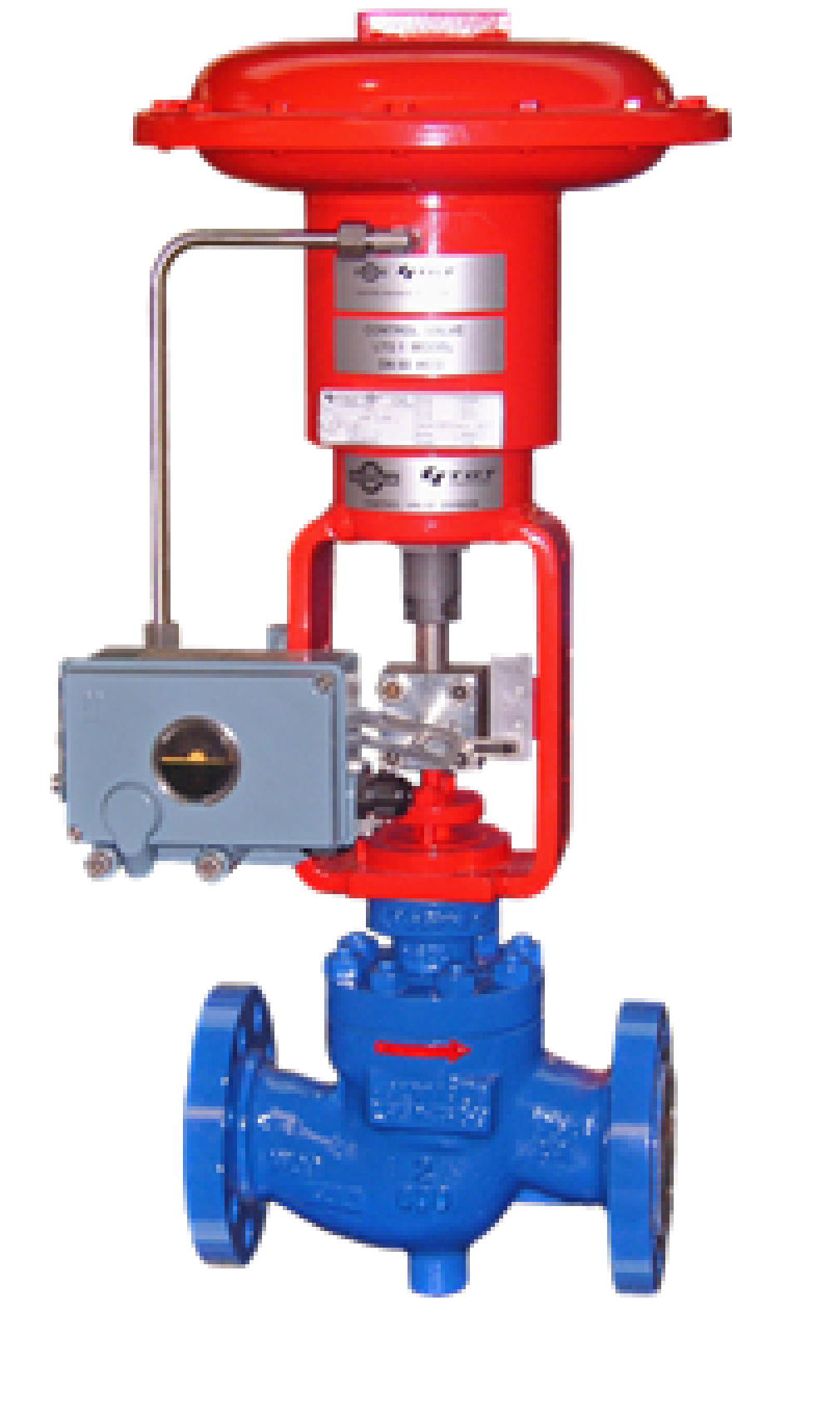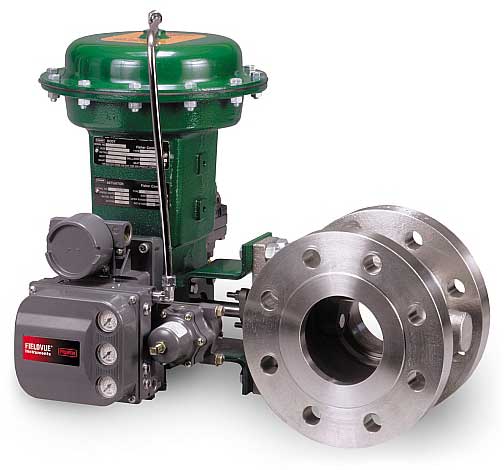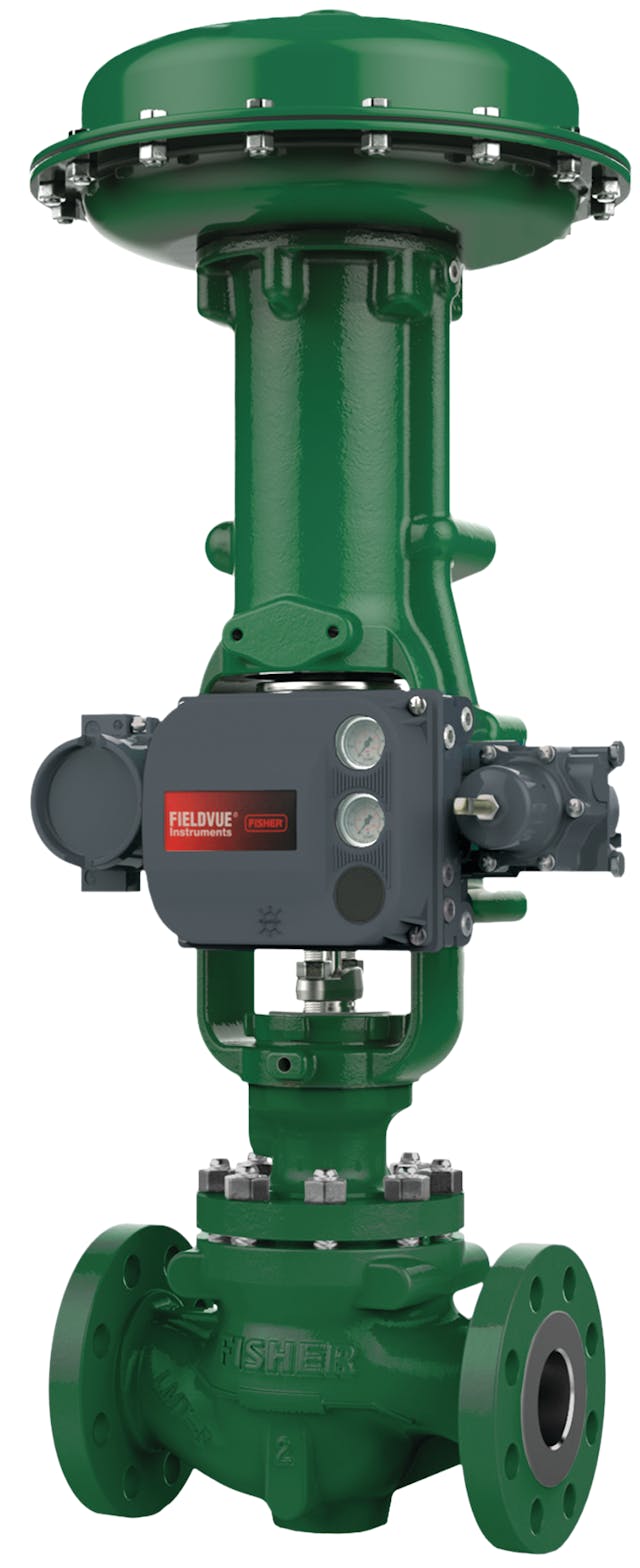Enhancing System Control with High-Performance Control Valves
Enhancing System Control with High-Performance Control Valves
Blog Article

Maximize Energy Cost Savings and Comfort With Advanced Building Automation Controls
In the realm of contemporary design and center management, the assimilation of advanced structure automation regulates stands as a crucial advancement. By using the power of automation, buildings can adjust, respond, and develop in ways that were when unthinkable.
Power Efficiency Advantages
Power effectiveness benefits can substantially lower power consumption and functional prices in buildings. Energy-efficient systems, such as advanced building automation controls, can optimize the use of sources like lighting, heating, and air conditioning, leading to lower power expenditures over time.
Additionally, enhanced power performance can lengthen the life-span of building equipment and systems. By running a lot more efficiently, cooling and heating systems, light, and other building parts experience less deterioration, resulting in reduced maintenance and substitute prices. Furthermore, energy-efficient structures typically regulate greater residential property worths and rental rates, supplying lasting economic benefits to owners.
Moreover, power efficiency can boost passenger convenience and efficiency. Appropriately controlled interior atmospheres with optimal lighting and thermal problems develop an even more pleasurable and conducive workspace, causing boosted employee satisfaction and efficiency. Overall, the power performance benefits associated with sophisticated structure automation controls are multifaceted, encompassing price financial savings, environmental stewardship, and owner wellness.
Boosted Convenience Control
Enhancing comfort control in building environments requires a sophisticated assimilation of advanced automation systems for optimum resident health. By utilizing sophisticated structure automation controls, centers can customize the interior setting to fulfill the details demands and choices of residents. control valves.
By including these advanced controls, buildings can not only enhance comfort however also improve energy effectiveness by optimizing system procedures based on real occupancy and usage patterns. Ultimately, prioritizing owner comfort via sophisticated automation systems leads to a much more satisfying and much healthier interior atmosphere.
Operational Effectiveness Improvements

Moreover, the application of real-time monitoring and analytics tools enables building drivers to determine energy inefficiencies and operational abnormalities quickly. By constantly monitoring power use patterns and system performance metrics, adjustments can be made in real-time to optimize power intake and make sure peak functional effectiveness. control valves. Additionally, incorporating need feedback techniques into structure automation controls can additionally enhance functional performance by dynamically changing power use based on grid conditions and pricing signals
Indoor Climate Optimization
Efficient interior environment optimization is an essential element of structure automation controls, ensuring occupants' comfort and health while maximizing power cost savings. By making use of advanced sensors and controls, constructing automation systems can continuously change and monitor temperature level, humidity levels, air high quality, and ventilation to create an ideal interior setting. Maintaining consistent and comfy conditions not just improves occupant complete satisfaction yet additionally increases performance and total well-being.
Interior look at these guys climate optimization also plays an essential function in power efficiency. By fine-tuning home heating, air conditioning, and air flow systems based upon real-time information and occupancy patterns, building automation controls can significantly minimize power usage - control valves. As an example, implementing strategies such as demand-controlled air flow and thermal zoning can assist minimize energy waste while making sure that each location of the structure gets the necessary conditioning.

Sustainable Environment Production
Structure automation manages not just optimize interior climate conditions for power performance and occupant convenience but additionally lay the foundation for producing a sustainable environment through tactical administration of resources and systems. By integrating advanced building automation modern technologies, such as sensors, actuators, and smart software, facilities can change and monitor energy usage in real-time to lessen waste and reduce their carbon footprint. These systems allow predictive maintenance, determining prospective problems prior to they escalate and optimizing devices performance to boost long life and efficiency.
In addition, sustainable environment development extends past energy administration to incorporate water conservation, waste decrease, and indoor air top quality improvement. Building automation controls can manage water usage, discover leaks, and ensure proper garbage disposal methods, adding to general sustainability efforts. In addition, by keeping track of and controlling air flow and filtration systems, these technologies enhance owner wellness and efficiency while decreasing energy usage associated with HVAC procedures.
Verdict
In conclusion, official website progressed structure automation regulates deal significant benefits in terms of power savings, comfort control, operational efficiency, interior climate optimization, and developing a lasting setting. By executing these controls, buildings can attain ideal efficiency while reducing power consumption and improving passenger convenience. It appears that making use of sophisticated automation technology is crucial in navigate to this website enhancing building efficiency and developing a much more sustainable future.
Power performance benefits can significantly decrease power consumption and functional expenses in buildings. Overall, the power effectiveness advantages associated with innovative building automation controls are complex, including price savings, ecological stewardship, and passenger health.
Furthermore, including need response methods into structure automation controls can better boost operational efficiency by dynamically adjusting energy usage based on grid problems and rates signals.
Building automation manages not only optimize interior climate problems for energy performance and owner comfort however also lay the foundation for creating a sustainable atmosphere via tactical monitoring of sources and systems.In verdict, progressed building automation manages offer substantial advantages in terms of power cost savings, comfort control, functional performance, indoor climate optimization, and creating a lasting setting.
Report this page